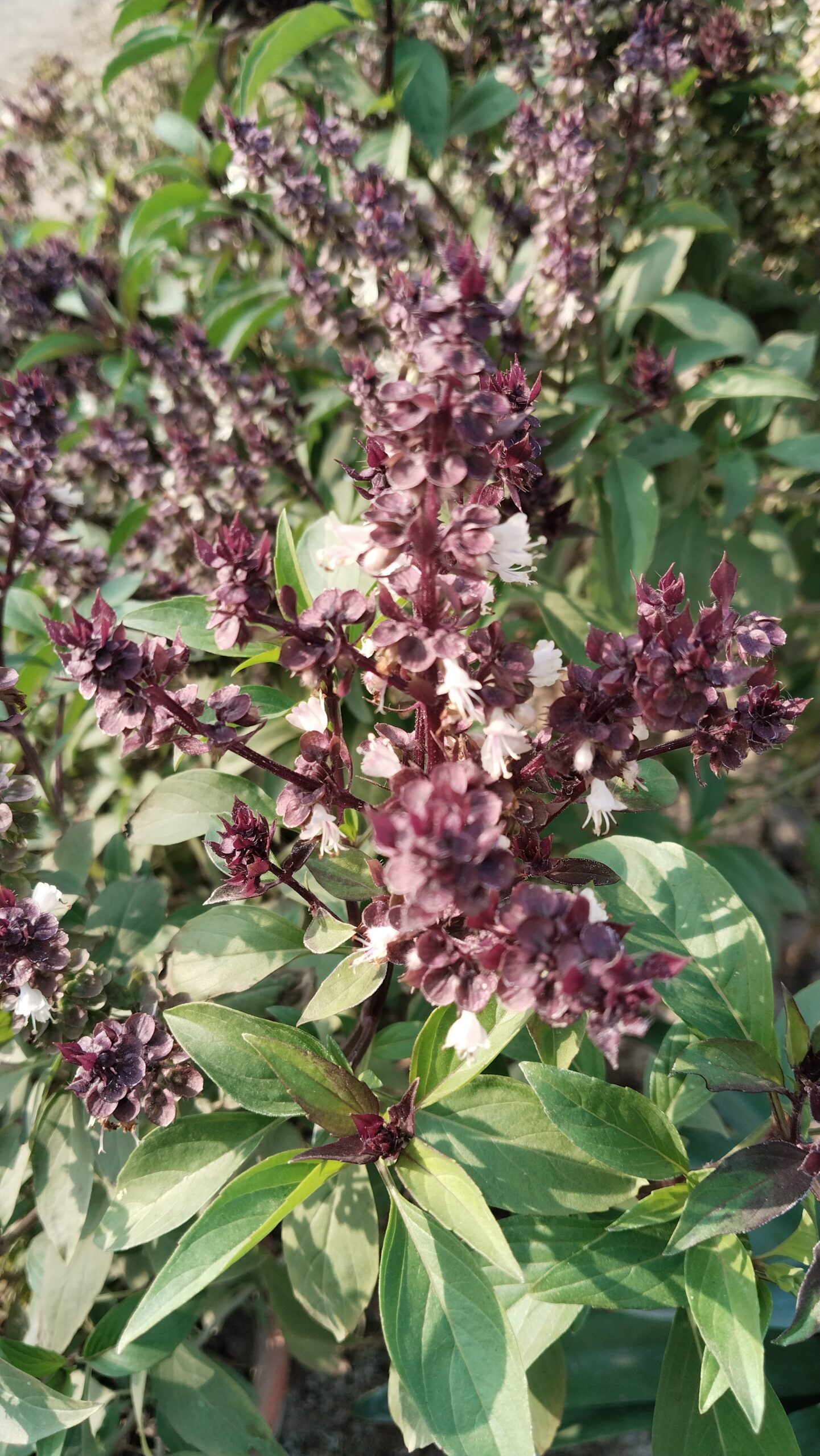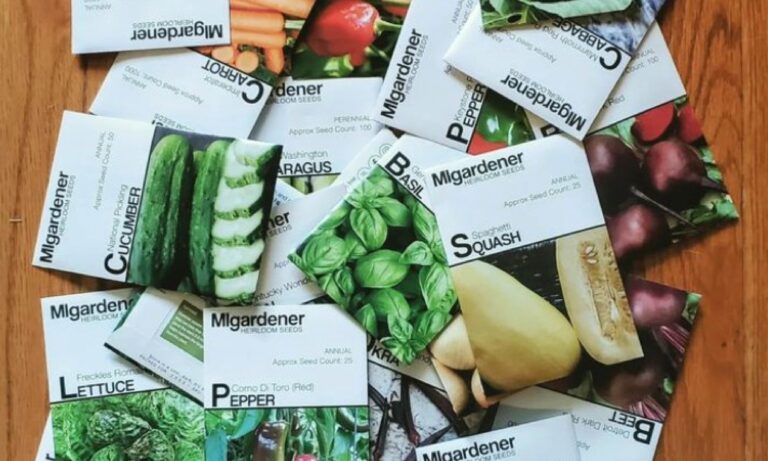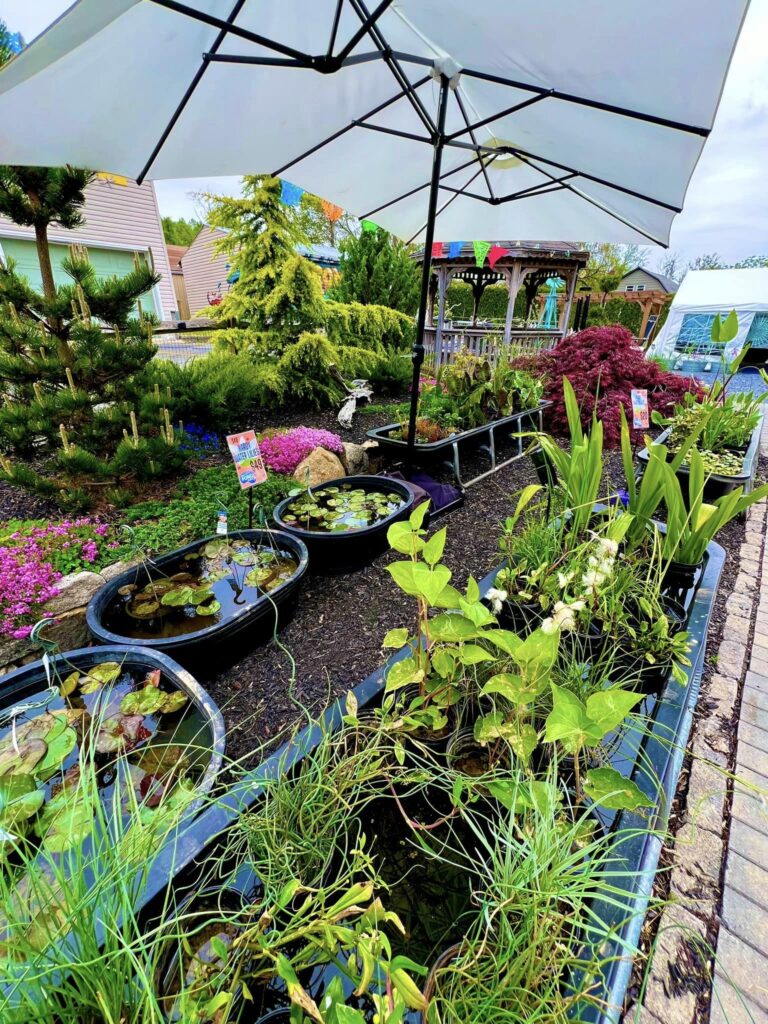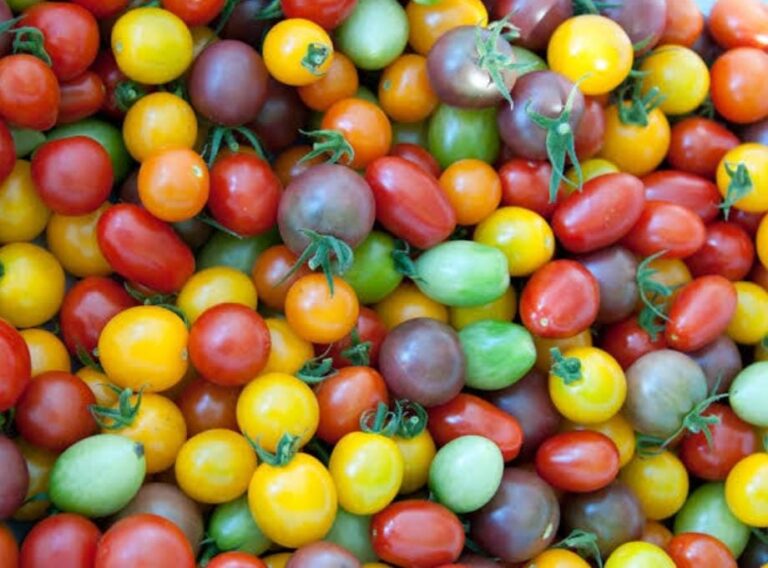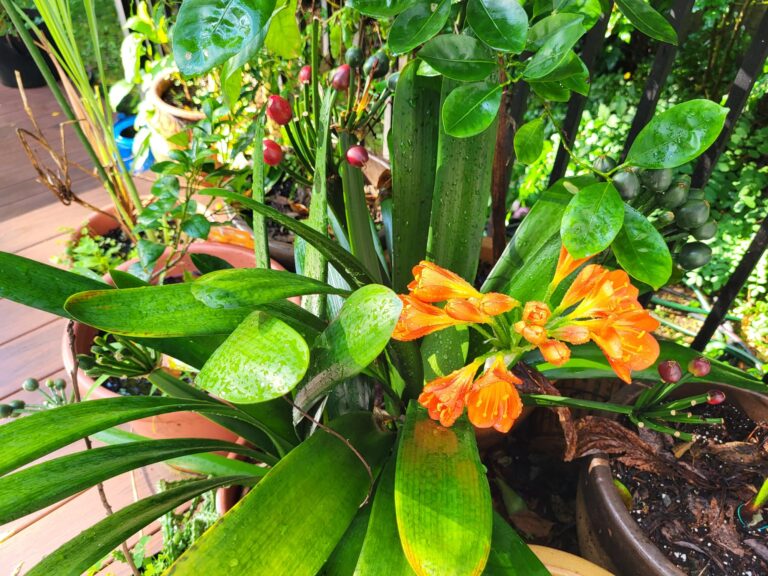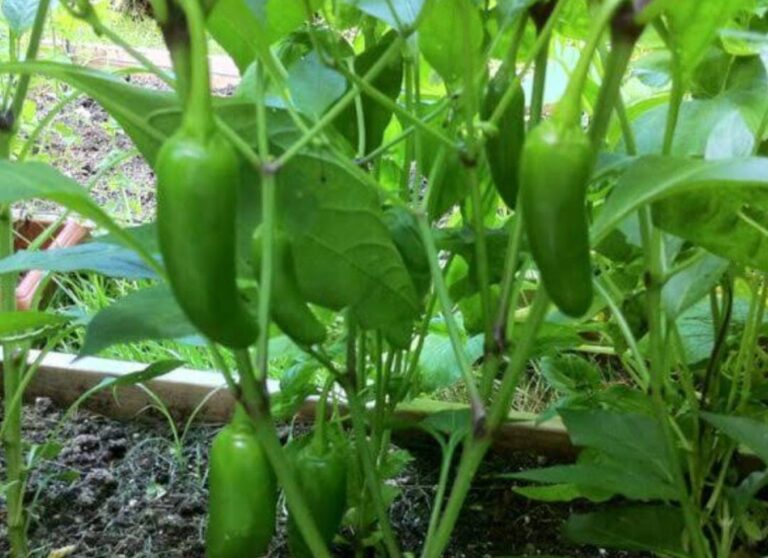Basil: 6 Ultimate Tips to Grow Marvelous Herb
Introduction
Basil, a herb associated with culinary joy, is a staple of global cuisines and a beloved member of the mint family (Lamiaceae). Basil, scientifically known as Ocimum basilicum, has a long history of use for its aromatic leaves, therapeutic benefits, and cultural importance. Let us explore its history, variations, cultivation techniques, health advantages, and numerous applications in this blog.
A Historical Overview
This herb has ancient roots in Central Africa and Southeast Asia. According to archaeological evidence and writings, basil was grown in ancient Egypt, India, and Greece. In Indian Ayurveda, basil, particularly Ocimum sanctum (holy basil or tulsi), is considered a sacred plant with incredible therapeutic abilities.
The term “basil” is derived from the Greek word “basileus,” which means “king,” indicating its great rank in ancient societies. Basil was both a culinary plant and a symbol of love, protection, and even grief in diverse civilizations. During the Renaissance, it became famous throughout Europe and a mainstay in Mediterranean cuisine.
The Botanical Spectrum: Varieties of Basil
It is an extremely varied genus, with over 150 known varieties, each with distinct tastes, colors, and growing behaviors. Here are a few notable types:
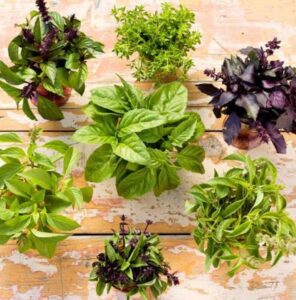
1. Sweet basil (ocimum basilicum)
The original cultivar features brilliant green, delicate leaves and a somewhat sweet, peppery flavor. It’s a common ingredient in Italian cuisine like pesto and Caprese salad.
2. Genoese Basil:
A sweet basil cultivar known for its bigger leaves and powerful perfume. Ideal for classic Pesto alla Genovese.
3. Thai basil (Ocimum basilicum var. thyrsiflora):
Its purple stems and anise-like taste make it a popular ingredient in Southeast Asian cuisines.
4. Purple basil (Ocimum basilicum ‘Purpurascens’):
Striking with rich purple foliage and a subtle clove taste. Frequently used for decorative reasons or in infused oils.
5. Holy basil (ocimum tenuiflorum or ocimum sanctum):
This cultivar is revered in Hindu tradition for its therapeutic benefits as well as its spicy, clove-like taste.
6. Lemon Basil (Ocimum x citriodorum):
With a zesty scent, this kind is perfect for teas, marinades, and sweets.
7. Cinnamon Basil (Ocimum basilicum ‘Cinnamon’):
It’s named because of its cinnamon-like flavor and mixes well with fruits and baked items.
Whether you’re looking for a bit of elegance in your garden or culinary creativity, each variety provides a distinct experience.
A Guide for Gardeners
Whatever your level of gardening experience, growing this herb is easy and enjoyable. To guarantee a successful crop, follow these crucial steps:
1. Optimal Growing Conditions
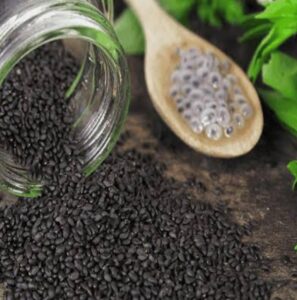
- Basil grows best in warm, sunny conditions with temperatures between 70F and 90F (21C and 32C)
- It needs 6-8 hours of direct sunlight per day
- The soil should be well-draining, rich in organic matter, and have a pH between 6.0 and 7.5
- Regular watering is necessary, but too much watering can cause root rot; watering at the base helps avoid fungal problems
- It can be grown from seeds or transplants, and regular pruning encourages bushy growth while inhibiting flowering
- When planted with tomatoes and peppers, it improves growth and keeps pests away
2. Soil Requirements:
- Basil grows best on soil that strikes a balance between drainage and moisture retention, allowing roots to get enough oxygen
- The optimal soil texture is loamy, with the proper amounts of clay, silt, and sand
- It grows best in soil that has been enhanced with natural fertilizers, such as bone meal or worm castings, which supply vital elements like nitrogen and phosphate
- Particularly in hot areas, mulching the area surrounding these plants helps control soil temperature and retain moisture
- Compatibility with basil’s requirements is ensured by testing the pH of the soil and modifying it with sulfur (to reduce) or lime (to raise)
- Pest accumulation is decreased and soil depletion is avoided by routinely switching up the sites of these plants
3. Planting
- To successfully cultivate, start by selecting high-quality seeds or transplants
- If you’re planting seeds straight outside, wait until the soil temperature reaches at least 70°F (21°C)
- Seeds or seedlings should be spaced 12-18 inches apart to allow for airflow and to avoid crowding
- For indoor planting, use pots with drainage holes and position them near a sunny window or beneath grow lights
- Succession planting every 2-3 weeks guarantees a consistent harvest throughout the season
- These plants can also be propagated through cuttings; soak a stem in water until roots form, then transfer it into soil
- Regular thinning encourages plants to grow healthier and more vigorously
4. Watering
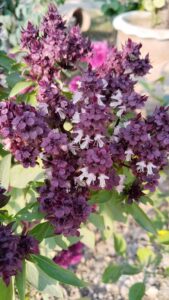
- Proper irrigation is necessary for good growth of plants. Water deeply but seldom, letting the top inch of soil dry between watering to avoid overwatering and root rot
- Morning watering is great because it allows excess moisture on the leaves to evaporate, lowering the danger of fungal illnesses
- Mulching at the base of plants in warmer regions helps keep soil moisture and roots cool
- When growing in containers, do frequent checks because pots dry out faster than garden soil
- Avoid overhead watering; instead, water at the plant’s base to direct hydration to the roots and preserve leaf quality
5. Pruning and Harvesting
- Pruning and harvesting the plants properly promotes healthy, bushy growth
- When the plant is 6-8 inches tall, begin pruning just above a leaf node to promote branching
- To avoid stress, trim not more than one-third of the plant at a time
- Pinch off flower buds as they appear to extend the growth season and preserve leaf taste
- To harvest, select individual leaves from the top down or remove entire stems for higher harvests
- To prevent damage to the plant, use sharp scissors or pruners. Regular picking not only provides fresh basil, but also stimulates continuous development and keeps the plant from growing woody
6. Companion Planting
- Companion planting with this wonderful herb improves garden health and output
- These plants are helpful in repelling pests like aphids, whiteflies, and hornworms, making them an excellent companion for nearby crops like tomatoes, peppers, and eggplants
- Its aromatic oils confuse hazardous insects, minimizing the need for chemical insecticides
- These plants also attracts pollinators like bees, which boosts fruit and vegetable output
- Planting near lettuce or carrots can help them thrive by giving partial shade
- Avoid mixing them with plants that thrive in dry circumstances, such as rosemary
- It is strategically placed in your garden to protect other plants while also ensuring a healthy, thriving ecology
Following these rules can help you grow a lush basil crop in a backyard garden, container, or windowsill.
Nutritional and Medicinal Powerhouse
This dynamic herb is more than simply a culinary joy; it is also a nutritional and therapeutic gem. Basil, which is rich in vitamins, minerals, and bioactive substances, promotes health and wellness in various ways.
- Nutrition Profile: High in vitamin K, which promotes bone health and blood clotting. A source of vitamins A, C, magnesium, and iron
- Antioxidant Properties: Contains flavonoids and polyphenols such as orientin and vicenin, which protect cells from oxidative damage
- Anti-inflammatory Effects: Eugenol, a component in basil, has anti-inflammatory characteristics that may reduce the risk of chronic diseases
- Adaptogenic Benefits: Holy basil is an adaptogen, which helps the body manage stress and restore balance
- Digestive Aid: Basil’s essential oils can help with indigestion and bloating
- Antimicrobial Action: Basil oils have antibacterial, antifungal, and antiviral properties, making them useful against infections
Culinary Versatility
The adaptability of this herb shines through in the kitchen, where it enhances meals from all cultures. Here are some unique ways to include basil in your meals:

- Classic pesto: Combine fresh leaves, garlic, pine nuts, Parmesan cheese, and olive oil to make a rich, vivid sauce
- Herbal infusions: Infuse this herb into oils, kinds of vinegar, or simple syrups to give recipes a gourmet touch
- Soup with salad: For an aromatic boost, mix fresh leaves into tomato soups, minestrone, or salads
- Desserts: Combine this herb with strawberries and peaches in sorbets, tarts, or infused creams
- Beverages: Make pleasant drinks such as basil lemonade or cocktails with muddled basil
- Fusion dishes: Try this aromatic herb in Asian stir-fries, Mexican salsas, or Middle Eastern dips like hummus
Beyond the Kitchen: Non-Culinary Uses
Basil’s applications go far beyond the culinary sphere.
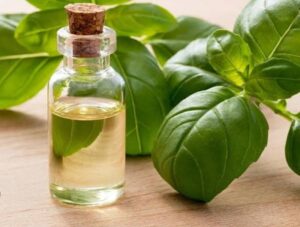
- Aromatherapy: The essential oil is used to boost mental clarity, reduce anxiety, and improve concentration
- Skincare: Plant’s antimicrobial characteristics make it an ideal addition to face masks and cleansers
- Insect repellent: Fresh leaves or even oil help deter mosquitos and other pests
The Environmental Role
This marvelous herb is not only helpful to humans; it also plays an important function in the ecology:
- Pollinator Attraction: Its blooms attract bees, butterflies, and other pollinators, which promotes biodiversity
- Pest Control: The fragrant properties discourage dangerous insects, making it an ideal companion plant
- Sustainable gardening: Growing this wonderful plant organically lowers the need for synthetic pesticides and fertilizers, which promotes sustainable agriculture
Some Fascinating Facts
- It is thought to have symbolic meanings across cultures, representing love, prosperity, and protection
- Some kinds, such as holy basil, are used in herbal teas to increase immunity and alleviate stress
- Its seeds, also known as sabja/tukh malanga seeds, swell in water and are commonly used in drinks and desserts throughout Southeast Asia.
Conclusion
The marvelous journey of this plant from ancient fields to modern kitchens demonstrates its enduring appeal and flexibility. This is a versatile culinary herb, medicinal plant, and beautiful garden addition. Its simplicity of cultivation and numerous benefits make it an essential tool for gardeners and food enthusiasts.
Understanding and enjoying this unique herb enriches our lives and connects us to the history and culture of people who used it before us. So, plant a basil seed today and let the “king of herbs” rule over your garden and your plate.

